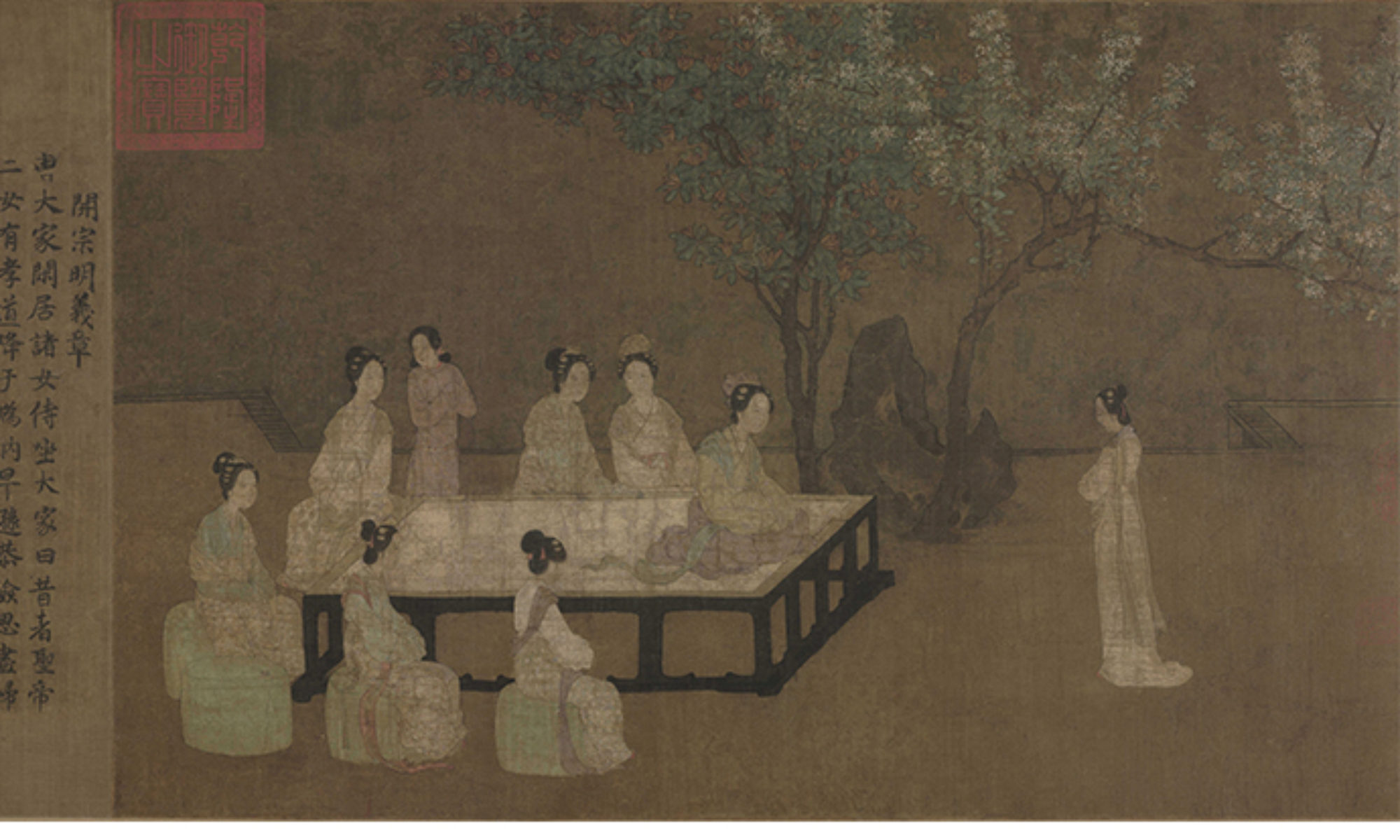Picturing Female Morality started from the background of the Confucian filial piety to re-embed female morality in the specific social context, from the perspective of didactic paintings and reasons of popularization to discusses the moral function of Ladies’ Classic of Filial Piety in twelfth-century China, and from modes of behavior, domestic affairs, interactive relationship, and objects to visualize women’s space. The Ladies’ Classic of Filial Piety reaffirms a conservative social order and sketches proper roles for women from all classes.
The moral shackles created by patriarchy have been limiting women’s potential in many aspects even in our times, but, as this project introduced, generations of women have made tireless efforts to define their identity. In China, men controlled access to education and dominated artistic discourse prior to the nineteenth century. In the early twentieth century, women artists began to appear in the public sphere and negotiated between the scrutiny of tradition and the appeal of the modernity. Although they were sandwiched between traditional roles and modern ways, those bold enough ventured to find their independence and identity. For instance, Pan Yuliang (1895-1977) used nude self-portraits to break the division between female space and public sphere. Contemporary women artists draw attention to the female body, and personal experience became a source of artistic creation. For example, the photograph series Twelve Flower Months (1999-2000) by Chen Lingyang (b. 1975), who realistically recorded the female menstrual body and reflected the living space of ancient women. Contemporary artists reverse the conventional notion of the gaze and reposition women as the subject rather than the object.
